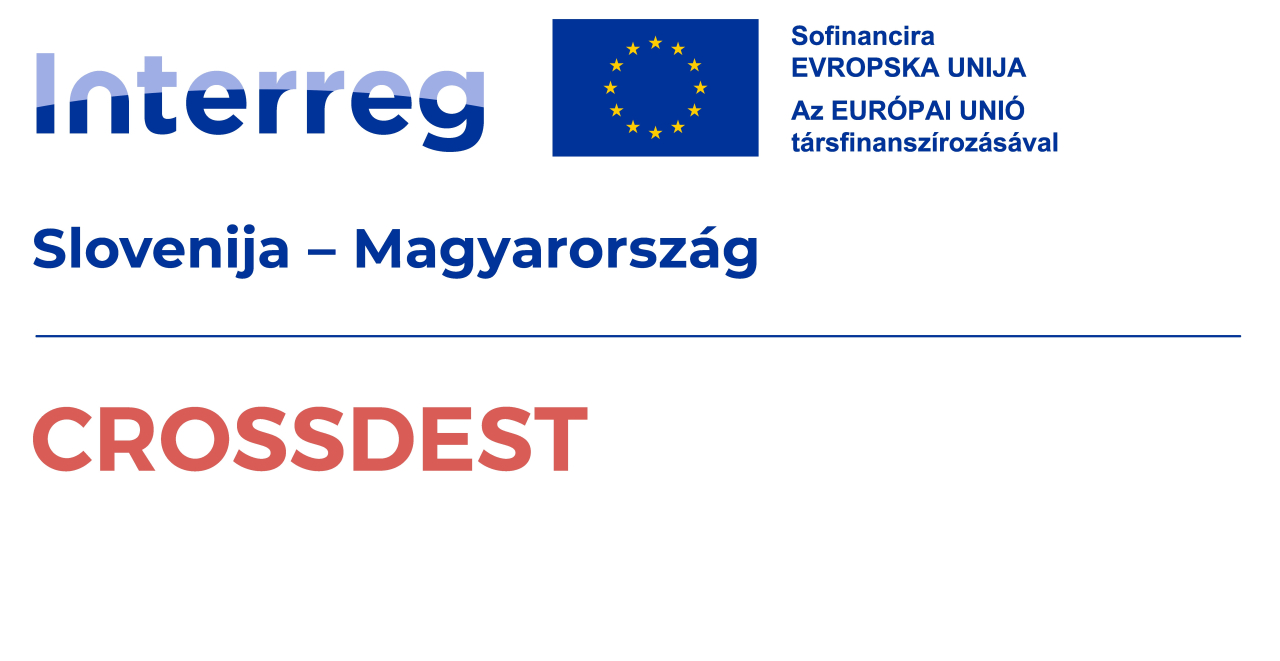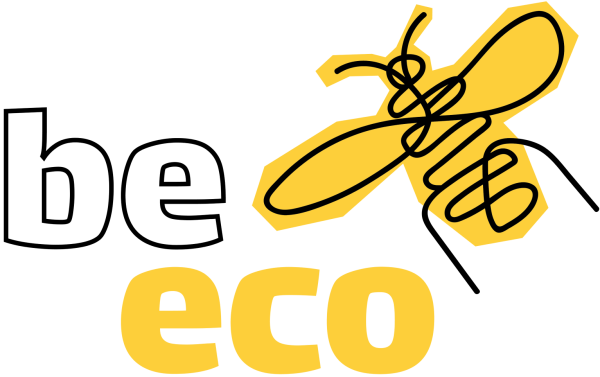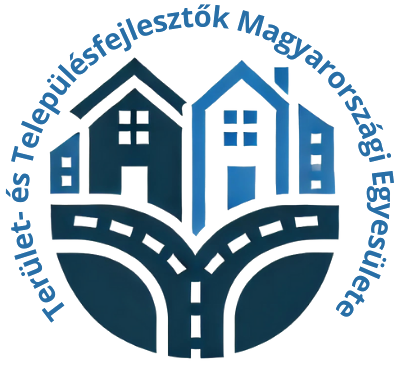-

Bréda Castle of Vásárhely
The building stood abandoned for many years. After its renovation, it now operates as a cultural visitor centre and a tourist attraction. Every evening, after sunset, a unique light art display is showcased on the façade of the castle, which is set in a stunning environment. Events and weddings held in the surrounding historic park can become elegant and unforgettable memories, earning it the prestigious award of Best Wedding Venue in Békés County in 2016. Inside the building, visitors can explore numerous fascinating features, such as the Foucault pendulum located in the dome room, with a unique dome painting visible 15 metres above it. The rooms bring the castle's and the family's history to life, and visitors can also gain insight into the daily life of the estate. Several models have been placed in the visitor area. Interactive installations and 3D projections illustrate the renovation work of the castle. Numerous pieces of furniture and furnishings characteristic of the castle's era are on display. The basement houses the Hungarikum Centre, showcasing the internationally renowned values and prides of Békés County. The castle grounds also feature a restaurant and an event marquee, suitable for hosting various events.
Magyarország, 5743 Lőkösháza
-
9,5
Church of Our Lady of Fatima
The current church was built to replace the modest prayer house that previously stood here. The construction of the church was initiated by the late mayor Géza Germán. The project was supported by the Diocese of Szeged-Csanád and Bishop László Kiss-Rigó. Local residents also contributed to the construction: the Viszokai family donated a 280-kilogram bell, Corvus-Kora Róbert provided two large paintings and a five-metre granite cross. The foundation stone was laid on 13 October 2007. Construction work began in August 2008 and was completed by the end of May 2009. The church was consecrated on 22 August 2009. On the day of the consecration, several hundred people gathered, with at least half unable to fit inside the church, so they listened to the mass from outside via loudspeakers. Justification for inclusion in the heritage register: The church plays a significant role in the lives of Lőkösháza's residents. It is an important place for Catholic believers. This is where they baptise their children, where they receive their First Communion, where they are confirmed, where they marry, and where they offer masses for their deceased loved ones. The church is a home for everyone and a place of gathering every Sunday. Without a church, it is difficult to foster a Christian community life. It can be visited by prior telephone arrangement.
Magyarország, 5743 Lőkösháza -

Corvus-Kora Róbert
Corvus-Kora Róbert has lived and worked in Lőkösháza since his childhood. His first major success came at the age of 16 in Budapest, where one of his paintings was awarded a certificate. He was greatly influenced by Renaissance art and 17th-century Dutch artists, aspiring to paint in their style. He has created several public sculptures and monuments from marble and limestone. Always passionate about monumental, life-sized depictions, he decided to paint his first 9x4.5-metre panoramic painting for the Hungarian Millennium in 1996. A total of nine panoramic paintings have been completed. His future plan is to create another 9x4.5-metre painting and build a circular hall to house the artworks. The building will be unique in the world, as no such circular hall exists that contains ten panoramic paintings, each exploring a different theme. The artist regularly supports Lőkösháza. His works adorn the public spaces and interiors of the village, such as the St. Stephen statue, the cross in front of the church, the Trianon memorial, and the monument commemorating the 1956 Revolution and War of Independence. He has also erected statues in memory of Jenő Gávai Gaál and Tibor Frigyes Májer. The columbarium wall and the crucifix in the local cemetery are also his contributions. His paintings decorate the Community Centre and the Mayor's Office. His ninth panoramic painting can be viewed at the Petőfi Sándor Community Centre in Lőkösháza by prior arrangement. Appointments can be made with the artist for guided tours.
Magyarország, 5743 Lőkösháza
-
 9,5
9,5Jenő Gávai Gaál Promenade
Born in Pusztagerendás on 14 September 1846, he was a descendant of an old noble family. He was a polymath and politician with landholdings in Lőkösháza, as well as an economist, doctor of law and political science, ministerial counsellor, and university professor. He was fluent in six languages at a native level. The name of Jenő Gávai Gaál plays an important role in the life of several settlements in Békés County, including Lőkösháza. Thanks to him, Elek, Lőkösháza, Geszt, Ártánd, and Biharkeresztes were not ceded to Romania in 1922 following the acceptance of the Treaty of Trianon, which concluded the First World War. In 2024, a statue was erected in his honour in Lőkösháza, and the public space where the monument stands was named Jenő Gávai Gaál Promenade.
Magyarország, 5743 Lőkösháza -
 9,5
9,5József Kotroczó's Diorama Collection
József Kotroczó, the creator of Hungary's smallest 'Golgotha' works, was born on 17th April 1926. According to the Ethnographic Lexicon (pages 383-384), in the 17th-18th centuries, these works held such value that they became part of heritage collections. His 'Patience Bottles' are wooden carvings built inside bottles ranging from 0.5 to 1000 ml: cross, ladder, pillar of torture, whip, spear, sword, hammer, sponge. Creating these pieces pushes the boundaries of human endurance and the impossible. The original colour of the wooden carvings is white (Canadian poplar), symbolising the purity of the soul, while the cork represents eternity. The exhibition can be viewed at the Sándor Petőfi Community Centre.
Magyarország, 5743 Lőkösháza, Alapitók útja 17 -

Bíborvég Folk Art Association
The Bíborvég Folk Art Group was established on 16 October 2013 in the library with the aim of preserving traditions, starting with 12 members under the leadership of Erika Bogárné Szőke, a folk artisan. They hold sessions once a week on Thursday afternoons, focusing primarily on embroidery and stitching from Békés County. Over the years, they have also explored the embroidery traditions of nine regions within the Carpathian Basin. They participated in the Carpathian Basin Folk Textile Festival, held in Békéscsaba, where they achieved 2nd place. In recognition of their work, the local council included the group in the local heritage register. They have taken part in numerous local, county, and national exhibitions, often receiving awards. At two exhibitions, they also achieved 2nd place, which is a great source of pride for the community. The group's embroidery works can be viewed by appointment.
Magyarország, 5743 Lőkösháza
-
 9,5
9,5Lőkösháza Bread
Made using an ancient Hungarian recipe passed down through generations. It contains no preservatives, yet thanks to the sourdough technique, it stays fresh for days and doesn’t crumble. Its pleasant flavour pairs well with most foods. The carefully balanced mix of high-quality flour has beneficial effects on health and is easy to digest. Its crumb is substantial, not airy, making it filling even in small amounts. The crust is crispy and glossy due to the exceptional qualities of the traditional brick oven. Each loaf is handmade, so experienced eyes can tell which baker crafted which bread.
Magyarország, 5743 Lőkösháza, Kossuth utca 25 -
 9,5
9,5Lőkösháza Doughnut
In our village, the baking of the Lőkösháza doughnut was initiated by the Pensioners' Clubs in 1985, and they have been continuously carrying out this activity ever since. They have participated multiple times in the Kisiratos Village Day as well as county events. They prepare doughnuts for institutions such as nurseries, schools, events, other requests, and every year for the Lőkösháza Village Day, which has now become a tradition. On these occasions, they make 3,000-4,000 doughnuts. The Lőkösháza Doughnut was also showcased at the Békés County Nationalities Day in 2018, where it was a huge success. In 2019, the Local Value Registry Committee of Lőkösháza Municipality declared the Lőkösháza doughnut, made by members of the Railway and Village Pensioners' Club, a local value. The opportunity to taste this gastronomic treasure is only available by prior arrangement.
Magyarország, 5743 Lőkösháza -
 9,5
9,5PAINTED WOODEN PANELS OF THE CHURCH OF OUR LADY OF FATIMA
Magyarország, 5743 Lőkösháza -
 9,5
9,5Sándor Petőfi Community Centre and Library
The Sándor Petőfi Community Centre and Library in Lőkösháza hosts numerous events and exhibitions. Here you can view Mrs Károly Kovács's sugar-crafted flowers and József Kotroczó's diorama collection. Opening hours: Weekdays from 08:00 to 16:00 Appointments can be booked at the following phone number: +36 66/ 244 - 399 You can also see the ninth 9x4.5 metre panoramic painting by Lőkösháza's renowned artist, Róbert Corvus-Kora, titled: Attila, the Hun. Appointments for guided tours can be arranged directly with the artist.
Magyarország, 5743 Lőkösháza, Alapitók útja 17 -

Flower Exhibition by Mrs Károly Kovács Made of Sugar
Mrs Károly Kovács was born in 1957 in Lőkösháza, where she has lived ever since. Following in her father’s footsteps, she also became a tailor and seamstress, working in Lőkösháza. She initially created sugar flowers and decorated cakes as a hobby for her family and friends. Through this, her work came to the attention of our town’s mayor, Györgyi Szűcsné Gergely. She encouraged her to participate in the amateur cake-making competition organised by the Mihály Munkácsy Museum in Békéscsaba in 2015, where she received a special award for her cake composition titled “My Grandchild’s Tale.” Later, she completed a sugar flower-making course, where she met Master Confectioner Dr Zoltán, a member of the Békés County Culinary Team. Dr Zoltán noticed her work and, in 2016, invited her to create floral decorations for their table at the Culinary Olympics in Erfurt. Since 2016, she has been making the village day cake for Lőkösháza every year. Her exhibition can be viewed at the Sándor Petőfi Community Centre in Lőkösháza.
Magyarország, 5743 Lőkösháza, Alapitók útja 17
-
 9,5
9,5Shepherd's Cornmeal (known as 'mămăligă' in Romanian)
The traditional national dish of the Romanian community in Lőkösháza, with a history spanning over centuries. Its preparation is extremely simple: cornmeal/flour is cooked in milk or salted water. Depending on the amount of milk or water, the polenta can have a thin, semi-firm, or firm consistency. It can be served as a side dish, flavoured with sheep's cheese, sour cream, dill, and sprinkled with crispy bacon pieces. The Romanians of Lőkösháza also enjoy it alongside stuffed cabbage, with warm milk, or as a dessert sweetened with honey, sugar, cinnamon, or even jam. The Romanian Association of Lőkösháza showcases the traditional recipe at Romanian remembrance evenings, organised annually since 2021, as well as at local or larger gastronomic events involving Romanian ethnic groups. Shepherd's polenta is highly popular not only among the older generation but also among younger people. Justification for inclusion in the value repository: At local and larger community events, such as county-level Romanian gastronomic festivals, the dish is associated with the Romanian community of Lőkösháza and the Romanian Association of Lőkösháza. The opportunity to taste this gastronomic treasure is only available by prior arrangement. Appointments can be made via the following phone number: weekdays between 08:00 and 15:00. Shepherd's Kitchen: 0666/244-612
Magyarország, 5743 Lőkösháza
12 results
Sort:


